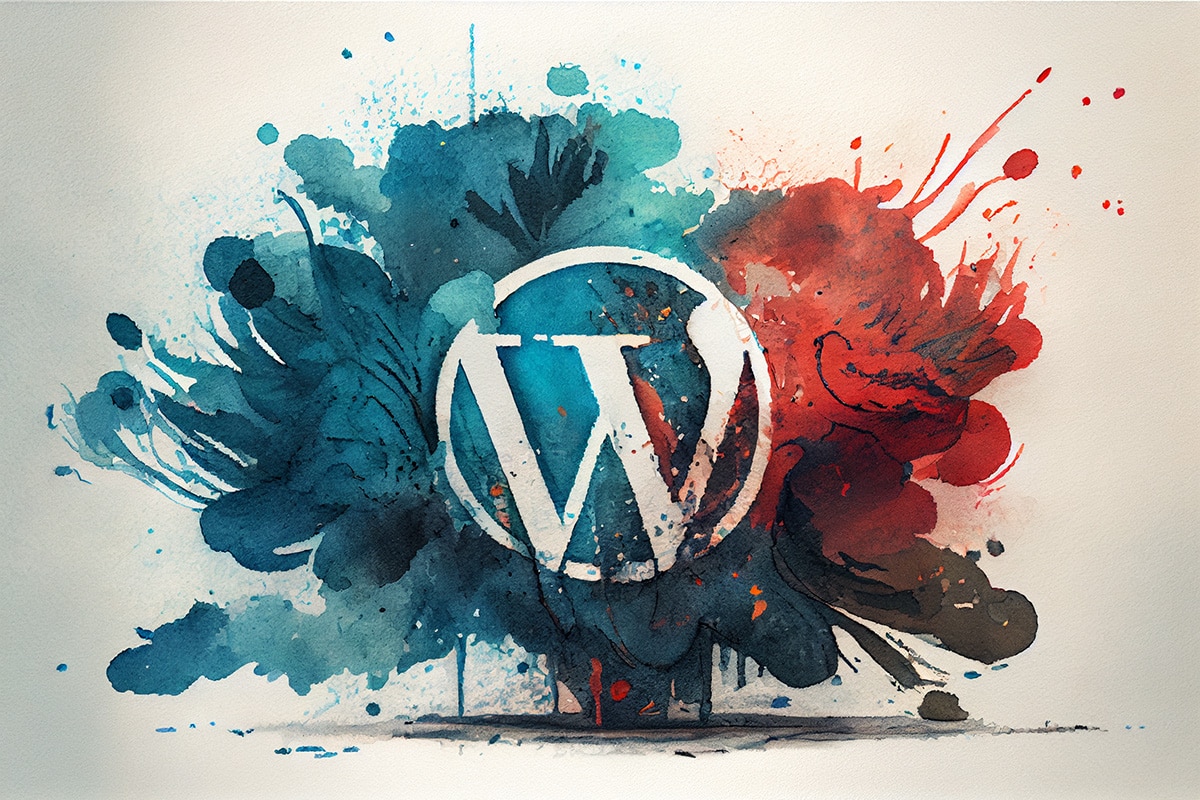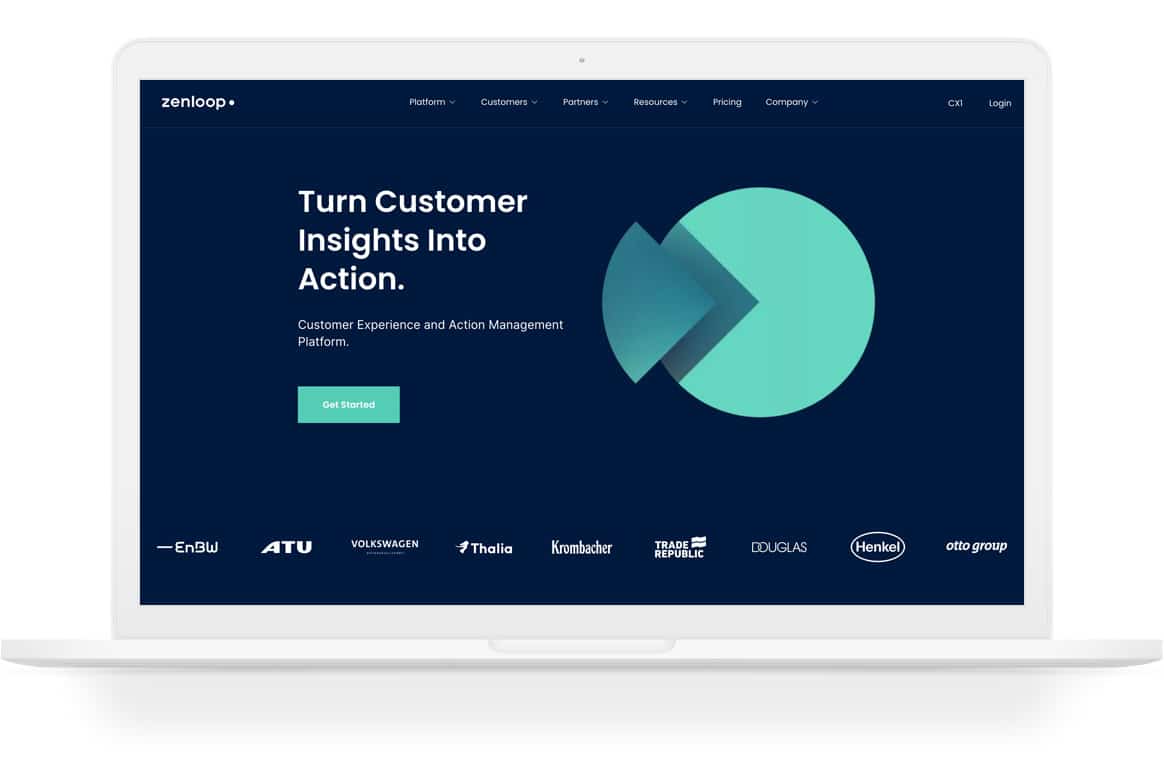
There are several things that you need to consider before making the switch. In this article, we’re going to explore the essential things that you need to keep in mind when re-platforming to WordPress.
Table of Contents
- Introduction
- Assessing Your Current Website
- Choosing a Theme
- Compatibility with Third-party Services
- Content Migration
- SEO and Analytics
- Performance and Security
- Testing and Quality Assurance
- Training and Support
- Launch and Post-Launch
1. Introduction
Replatforming to WordPress involves moving your website from one platform to WordPress.
This could be because you want to use WordPress’s features or a more user-friendly content management system (CMS).
Whatever your reason, re-platforming to WordPress requires careful planning and execution to make sure everything goes smoothly.
2. Assessing Your Current Website
Before migrating to WordPress, you need to assess your current website to see what’s working and what isn’t.
This involves looking at your site front and back end and making a list of your current site’s design, features and all of its functionality.
Moving to WordPress is a good time to make changes to your site that can improve it, so we’ll help you identify where these improvements can be made.
3. Choosing a Theme
WordPress is famous for its themes. Thousands of free and paid themes are available to use on your WordPress site, and they can be installed with a single click.
We recommend carefully considering the right theme for your website, as choosing the wrong one can cause further problems.
Whilst it can be tempting to use a page builder in WordPress such as Div or Elementor, larger websites are best built on bespoke themes.
A bespoke theme is a theme that is built purposefully for your website and its functional requirements.
This means the theme is small and only does what you need it to do. It also means that you are not limited at all for future development work and your site can easily grow with you.

We moved Zenloop’s large site from Grav to WordPress.
4. Compatibility with Third-party Services
If your current website plugs into other apps, it’s important to ensure this can be replicated when you move to WordPress.
Most of the time, this won’t be a problem as WordPress is such a popular content management system. Most third-party services will already have a plug-in or a JavaScript snippet that you can use easily.
If your current site uses custom code or artisan development to achieve something less common, it’s important to flag this when discussing the proposal for moving to WordPress. As most content management systems are written using PHP, what works on one site can generally be migrated to WordPress.
5. Content Migration
This can be a tricky step when moving to WordPress. All content management systems store their data differently, so it’s not often as easy as an export from one and then an import into WordPress.
If you are moving from a popular content management system, various online services can connect both databases and migrate content.
However, if you are using a legacy or less popular CMS there’s a good chance it might be a copy-and-paste job.
It’s not just the text and image content that needs to be migrated, your site will have authors, metadata and potentially other files that need to be moved to make sure your new WordPress site works as expected.
6. SEO and Analytics
Every content management system handles SEO in a different way. Sometimes it’s possible to export things like matter descriptions and titles from your current CMS and have them imported directly into WordPress. Other times this is a manual process.
It’s worth seeing this as a good opportunity to do a thorough review of your SCO and look at where it can be improved.
Any tracking code you have on the site will need to be migrated over when the new site goes live to ensure you don’t have gaps in your analytics.
7. Performance and Security
The performance of your WordPress website can be greatly improved by using a purpose-built theme.
Your website needs to be fast and responsive, but it shouldn’t be at the cost of any security.
Thankfully there are many tools to check and benchmark your current site and your new site to ensure it is performing as expected.
Get help moving your site site WordPress
8. Testing and Quality Assurance
We use a range of tools to test and quality assurance new websites.
Apps like SEM Rush and Google’s page speed insights provide independent and objective reports on any website and can be used to identify areas for improvement.
An important part of the testing process is knowing the difference between your site in a development environment and a live server.
Often development environments are not optimised as well as live servers, so there is a lot of testing that should be done before going live and, more importantly, after going live.
9. Training and Support
Obviously, when you move to a new CMS, you need to learn how to use the new CMS.
Fortunately, WordPress is famously easy to learn and with the benefit of a purpose-built theme, it’s all very intuitive.
All the WordPress re-platforming projects we work on here at Toast include full training.
This can happen during the site build so our clients can work on their content directly on the new site, or we book this shortly after the new site goes live.
We also provide monthly support plans for all our website, which means we are on hand whenever our clients even need help, need something fixed that I’ve accidentally broken, or wish to have some new development work done.
10. Launch and post-launch
Launching your new website is the final stage in moving to WordPress.
When we are putting the new website live, we have a 50+ point checklist that we run through to ensure everything is spot-on.
Before any new site is launched, we make sure the current website is backed up, preferably on an accessible server somewhere so it can be viewed if required.
From experience, we can’t stress enough the importance of having an accessible copy of your old website somewhere to hand.
If your site is incredibly large it just makes good sense to be able to go and grab any old files or pieces of text that may have slipped through the process of migration.
You may also find that your old server does not support WordPress so a new server will need to be set up and your domain will need to be repointed accordingly. This should all be planned down to the smallest detail.
Making moving to WordPress pain-free.
Moving from one CMS to another it’s not a small task, but it’s not rocket science either. If everything is planned correctly before the project starts you’ll find it will be a smooth transition and your new site on WordPress will serve you for a long time to come.
